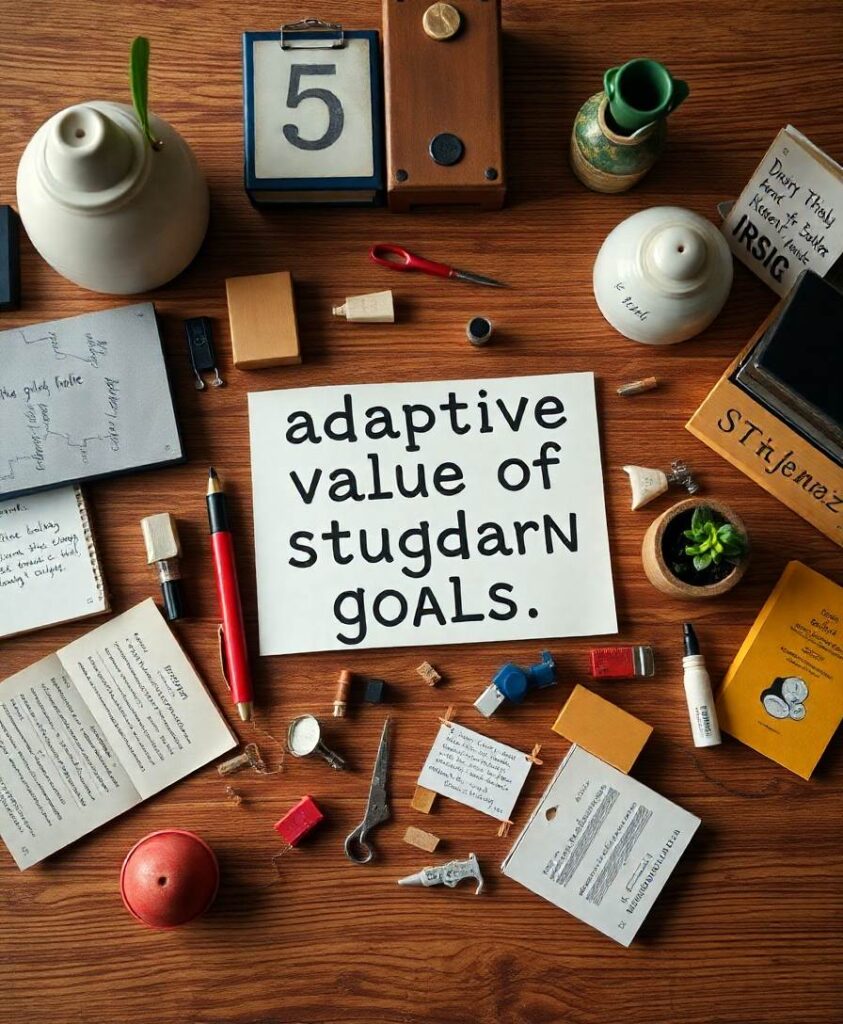Individuals typically want what they expect to like, often based on memories of previous positive experiences. However, in some situations desire can decouple completely from memories and from learned predictions of outcome value. The potential for desire to separate from prediction arises from independent operating rules that control motivational incentive salience. Incentive salience, or ‘wanting’, is a type of mesolimbic desire that evolved for adaptive goals, but can also generate maladaptive addictions. Two proof-of-principle examples are presented here to show how motivational ‘wanting’ can soar above memory-based predictions of outcome value: (i) ‘wanting what is remembered to be disgusting’, and (ii) ‘wanting what is predicted to hurt’. Consequently, even outcomes remembered and predicted to be negatively aversive can become positively ‘wanted’. Similarly, in human addictions, people may experience powerful cue-triggered cravings for outcomes that are not predicted to be enjoyable.


